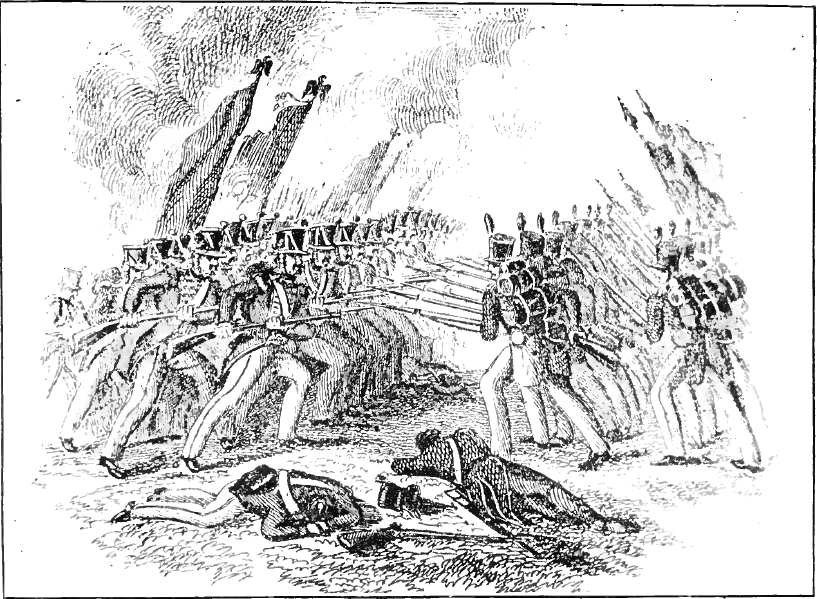<![CDATA[David Starbuck, archaeologist at the State University of New York, is leading an excavation in Lake George to uncover the ground where Colonial American troops fought a bloody battle some 300 years ago. This site also was home to a massacre and had one of the largest smallpox hospitals. Starbuck is leading a team of two dozen students and volunteers at the annual six-week archaeology field school in Adirondack. So far, the team has found numerous artifacts from many different eras. The Lake George site is filled with history, and according to Starbuck, who has been practicing his trade for 25 years and has excavated many 18th century military sites, it is the most well-preserved and history-rich 18th century military site in eastern USA. Over the years, many artifacts have been found in the area, from eras such as the French and Indian war that took place in 1755-1763, and the Revolutionary War in 1783. It was at this place where a major waterway connected the upper Hudson River and Canada, hence the Americans, British, French and Indians fought valiantly to claim this area. In 1755, the Battle of Lake George took place between the British Colonial troops with Mohawk allies and the French with their Indian allies. Scores of men died in this battle, and many artifacts have been dug up from that time. It was only two years later in this same area that the British and the Colonial troops took up residence in the area after they were pushed back from a nearby fort by the French. In their retreat however, 200 men died when the Indians that were allied with the French ambushed them, and is today known as the Fort William Henry massacre. Years later, during the Revolutionary War, a smallpox hospital was on these grounds. Soldiers who were battling in the war over Quebec and were smitten with the disease were treated there. The aim of the excavation by Starbucks and his team is to find whatever they can that dates back to the 18th century, especially objects from 1755. Starbuck hopes to find more evidence of that battle and find evidence as to how and why the Mohicans died out. Many artifacts have already been found, including a bayonet, a musket barrel, and a military compass. But the excavation has mostly found 18th century wine bottles. One of the volunteers on the excavation project, Heather Engwer, found a cow's vertebrae with the butcher's marks still visible. This find contributed to accounts that cattle were driven north from Albany to Fort Edward, then to the lake in order to feed thousands of soldiers who were posted in those areas. It is hoped that this project will get more people interested in archaeology and American history. Starbuck states that the site is a goldmine of rich history, making it a place with a very interesting story to tell.]]>
18th Century Military Artifacts Found at Lake George
